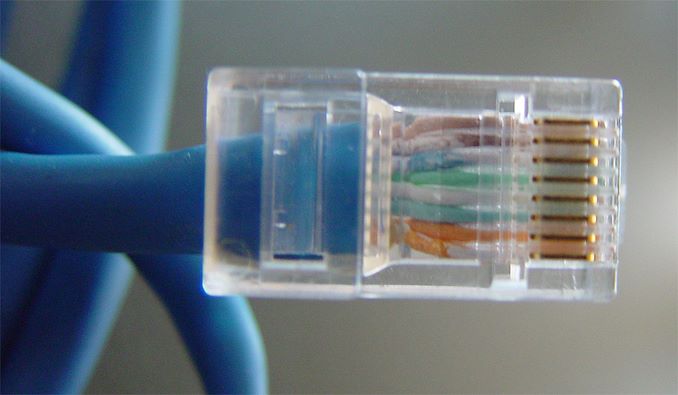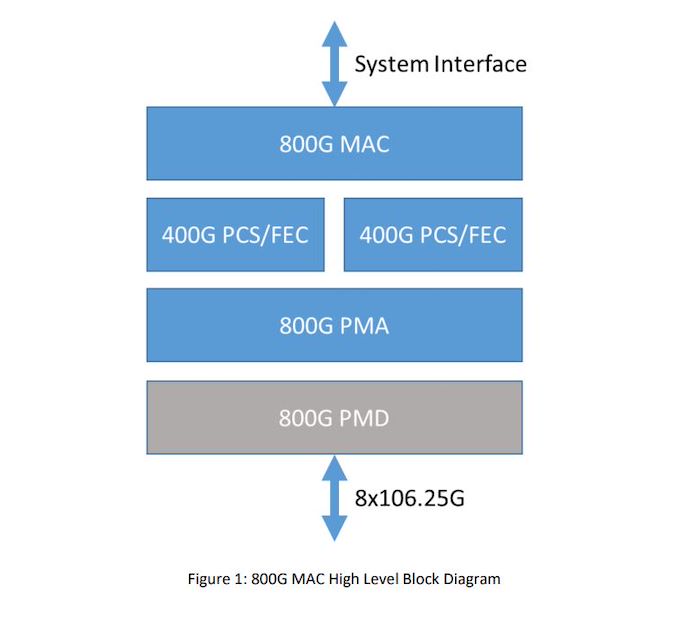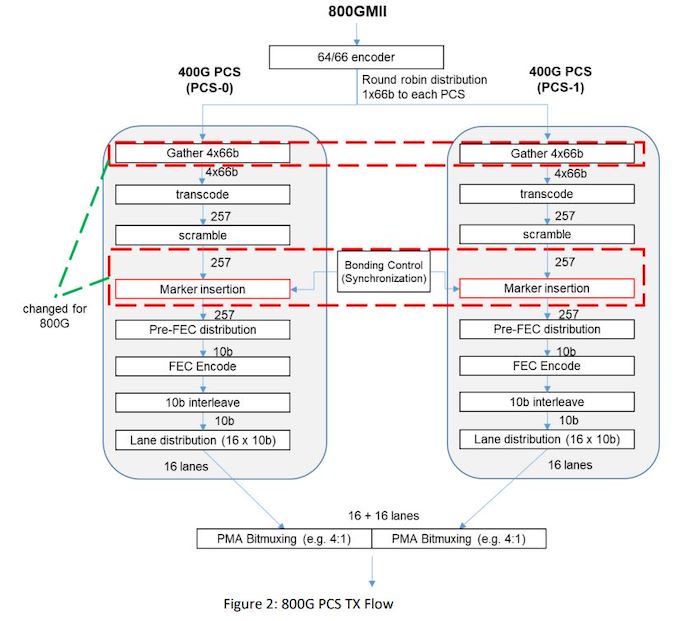With an increasing demand for networking speed and throughput performance within the datacenter and high performance computing clusters, the newly rebranded Ethernet Technology Consortium has announced a new 800 Gigabit Ethernet technology. Based upon many of the existing technologies that power contemporary 400 Gigabit Ethernet, the 800GBASE-R standard is looking to double performance once again, to feed ever-hungrier datacenters.
The recently-finalized standard comes from the Ethernet Technology Consortium, the non-IEEE, tech industry-backed consortium formerly known as the 25 Gigabit Ethernet Consortium. The group was originally created to develop 25, 50, and 100 Gigabit Ethernet technology, and while IEEE Ethernet standards have since surpassed what the consortium achieved, the consortium has stayed formed to push even faster networking speeds, and changing its name to keep with the times. Some of the biggest contributors and supporters of the ETC include Broadcom, Cisco, Google, and Microsoft, with more than 40 companies listed as integrators of its work.
800 Gigabit Ethernet Block Diagram
As for their new 800 Gigabit Ethernet standard, at a high level 800GbE can be thought of as essentially a wider version of 400GbE. The standard is primarily based around using existing 106.25G lanes, which were pioneered for 400GbE, but doubling the number of total lanes from 4 to 8. And while this is a conceptually simple change, there is a significant amount of work involved in bonding together additional lanes in this fashion, which is what the new 800GbE standard has to sort out.
Diving in, the new 800GBASE-R specification defines a new Media Access Control (MAC) and a Physical Coding Sublayer (PCS), which in turn is built on top of two 400 GbE 2xClause PCS's to create a single MAC which operates at a combined 800 Gb/s. Each 400 GbE PCS uses 4 x 106.25 GbE lanes, which when doubled brings the total to eight lanes, which has been used to create the new 800 GbE standard. And while the focus is on 106.25G lanes, it's not a hard requirement; the ETC states that this architecture could also allow for larger groupings of slower lanes, such as 16x53.125G, if manufacturers decided to pursue the matter.
Focusing on the MAC itself, the ETC claims that 800 Gb Ethernet will inherit all of the previous attributes of the 400 GbE standard, with full-duplex support between two terminals, and with a minimum interpacket gap of 8-bit times. The above diagram depicts each 400 GbE with 16 x 10 b lanes, with each 400 GbE data stream transcoding and scrambling packet data separately, with a bonding control which synchronizes and muxes both PCS's together.
All told, the 800GbE standard is the latest step for an industry as a whole that is moving to Terabit (and beyond) Ethernet. And while those future standards will ultimately require faster SerDes to drive the required individual lane speeds, for now 800GBASE-R can deliver 800GbE on current generation hardware. All of which should be a boon for the standard's intended hyperscaler and HPC operator customers, who are eager to get more bandwidth between systems.
The Ethernet Technology Consortium outlines the full specifications of the 800 GbE on its website in a PDF. There's no information when we might see 800GbE in products, but as its largely based on existing technology, it should be a relatively short wait by datacenter networking standards. Though datacenter operators will probably have to pay for the luxury; with even a Cisco Nexus 400 GbE 16-port switch costing upwards of $11,000, we don't expect 800GbE to come cheap.
Related Reading
- Sonnet Unveils Solo5G: A USB-C to 5 GbE Network Adapter
- Intel Launches Atom P5900: A 10nm Atom for Radio Access Networks
- D-Link Announces Nuclias Remote Management Solutions for SMB Networks
- TP-Link Updates Deco Mesh Networking Family with Wi-Fi 6
from AnandTech https://ift.tt/34sbljo
via IFTTT



0 comments:
Post a Comment